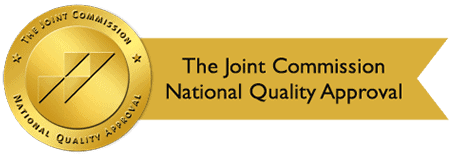By: Design for Change Recovery
Categories:
Understand The Process Of Rehabilitation
You are here:The process of recovery is not an easy one and it begins slowly, with the simple decision to seek help. Despite all the hard work involved and hurdles one must face, the decision to stay sober is a life altering one. Getting familiar with the process of rehabilitation will help you know what to do expect. Here are the common steps people take.
1. Detox
This process of removing all traces of drugs or alcohol in the body is often required before moving on to a rehab facility. Because withdrawal symptoms can be severe and even life threatening, it’s best to detox under the supervision of a medical professional. Withdrawal symptoms vary from person to person, and may range from fatigue and nausea to seizures or hallucinations. Medications may be used to control symptoms and make the detox safer for the patient’s body.
2. Reaching A Bottom
This term describes reaching a point where everything in one’s life has reached a dead end, where one feels trapped, hopeless, and is sick and tired of a situation. Hitting a bottom is often what leads someone to finally reach out for help. Admitting you have a problem and need someone’s help can be a scary thing. But admitting to the hopelessness of an addiction and opening oneself to being vulnerable is what it takes to start on a new path.
3. Entering Rehab
You can receive treatment at a rehab facility for between 30 to 90 days. A rehab will provide you with a place that requires sobriety, provides a daily schedule of therapy, group activities, and other enriching activities. During rehab you will develop a plan that’s unique to your background and needs. This insures that you move at your own pace and develop a solid foundation for lifelong sobriety. Forming connections with others is emphasized as well. Addiction can be an alienating experience, so forming meaningful connections with others in recovery is essential.
When choosing a rehab center, it’s good to think about the following things:
- Does the rehab offer individualized treatment? Do they allow patients to play an active role on their recovery?
- Does the rehab address other mental health concerns and offer treatment for those as well?
- Are there options for continued treatment after the initial rehab is completed?
4. Outpatient Treatment
This type of treatment provides an intensive addiction treatment plan during the day and allows patients to live at home and continue with work, school, or family obligations. As long as a patient can maintain focus on their recovery, they are allowed to balance life responsibilities with treatment. Some patients can start with outpatient treatment, or continue on to it after a stay in rehab. It depends on the severity of the addiction, patient history, and the professional opinion of a counselor.
5. After Care Options
There are many choices for after care. It all depends on where you’re at in the process of recovery. For some people, after care can mean weekend stays at a rehab center. For others, 12 step groups provide the continued focus and connections needed to stay sober and thrive. For those who feel they’re not quite ready to return to their old life, a sober living facility is an option. Because integrating what you’ve learned during treatment with areas of your day to day life can be a challenge, the chances of a relapse are increase during this vulnerable stage. That’s why it’s important to find a way to stay connected with the sober community and continue to find inspiration in the process of recovery.


